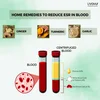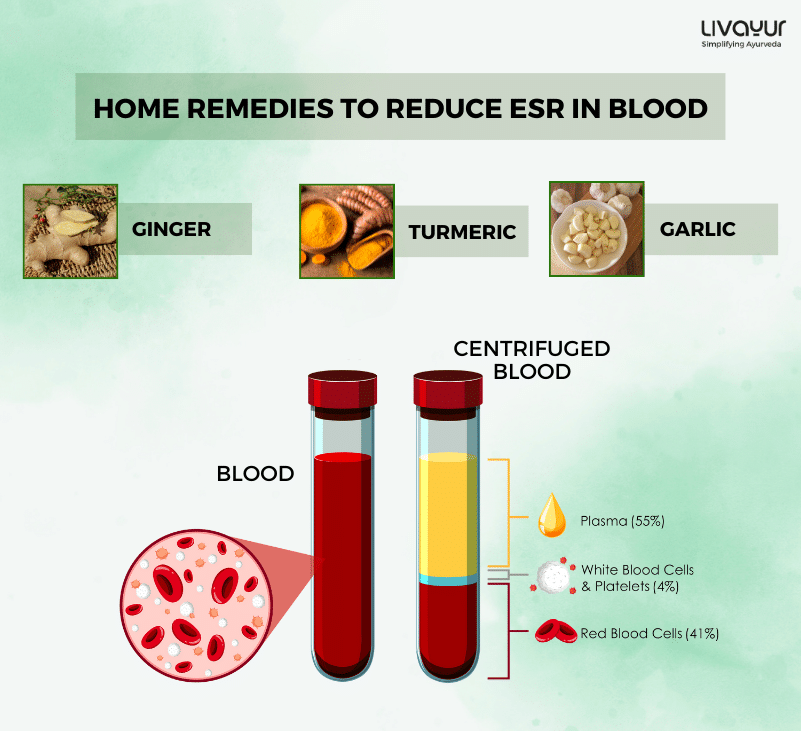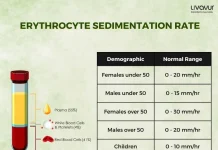This article is reviewed by an expert
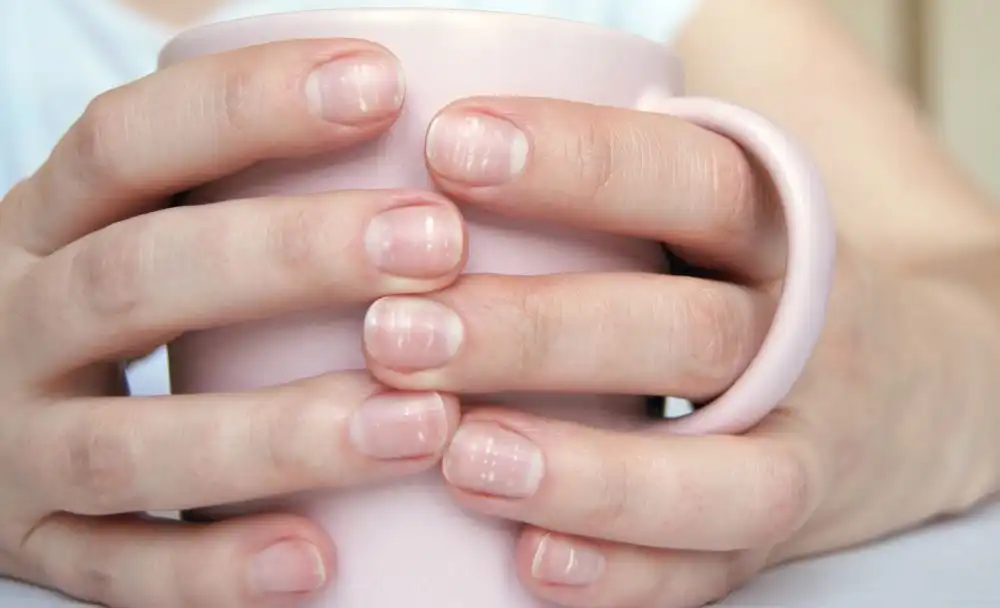
White spots on nails, often referred to as “leukonychia,” might not seem like a big deal at first glance. However, these white marks can sometimes reveal important clues about your overall health.
While most white spots on nails are harmless, they sometimes can signal underlying systemic or skin conditions. This article delves into the world of white spots on nails, exploring their causes, significance, and when you might need to take them seriously.
What Are White Spots on Nails?
Changes in the colour of your nails can give important hints about health problems. A type of change, when your nails turn white (called leukonychia), is quite common and can happen for many reasons. It might be from something simple like how you take care of your nails, or it could be a sign of something serious like liver or kidney problems.
White spots on nails can be classified in different ways to help us understand their potential causes and implications. There are two main classification methods: morphological and anatomical. [1]
Classification of White Spots
- Morphological Classification: Leukonychia can be classified based on how the white spots are distributed on the nail. There are total leukonychia, where the entire nail is white, and partial leukonychia, where only a portion of the nail is affected. Additionally, leukonychia can be further categorised into transversal (horizontal) or longitudinal (vertical) lines. Each type of leukonychia can provide insights into potential underlying health issues.
- Anatomical Classification: Another way to classify leukonychia is based on where the white spots originate. True leukonychia occurs when the issue is within the nail plate itself, often due to abnormal keratinization in the matrix. Apparent leukonychia happens when the problem lies beneath the nail bed, possibly due to vascular issues. Pseudoleukonychia refers to cases where an external factor, like nail cosmetics or onychomycosis, affects the nail’s surface appearance. [1]
Understanding the Causes
White spots on nails can be caused by a variety of factors. For true leukonychia, issues in the nail matrix’s keratinization process can lead to abnormal white spots. Apparent leukonychia might result from underlying health conditions affecting blood vessels in the nail bed. Pseudoleukonychia occurs when external factors disrupt the normal nail plate attachment, causing it to appear white. [2]
- Lack of Zinc: One study found that whitish marks on nails could be a possible cause of zinc deficiency. The appearance of whitish marks on nails, also known as leukonychia punctata or white spots, has long been a subject of curiosity and speculation. While some people associate these marks with calcium or vitamin deficiencies, this study suggests that zinc deficiency could be another possible cause. Zinc is an essential mineral that plays a crucial role in various bodily functions, including immune system support, wound healing, and protein synthesis. Therefore, a deficiency in zinc can have detrimental effects on overall health. [3]
- Trauma or Injury to the Nail: Injuries to the nail plate or the nail matrix, often caused by activities like nail biting, manicures, day-to-day nail accidents, or wearing tight footwear that exerts undue pressure, are common in children and can lead to white spots on the nails. These spots gradually move outward with the growth of the nail. [3]
- Superficial white onychomycosis (SWO):Superficial white onychomycosis (SWO) is a type of fungal infection that affects the nails, specifically the toenails. It is characterised by the appearance of white patches on the surface of the nails. This condition is caused by various types of fungi, with the most common being Trichophyton mentagrophytes and Trichophyton rubrum. [4]
- Hyperthyroidism: While hyperthyroidism itself is not a direct cause of white nails, it’s possible that the metabolic changes associated with thyroid hormone imbalances could indirectly contribute to changes in nail health. However, the presence of white nails would likely need to be evaluated in the context of other symptoms and underlying causes. [5]
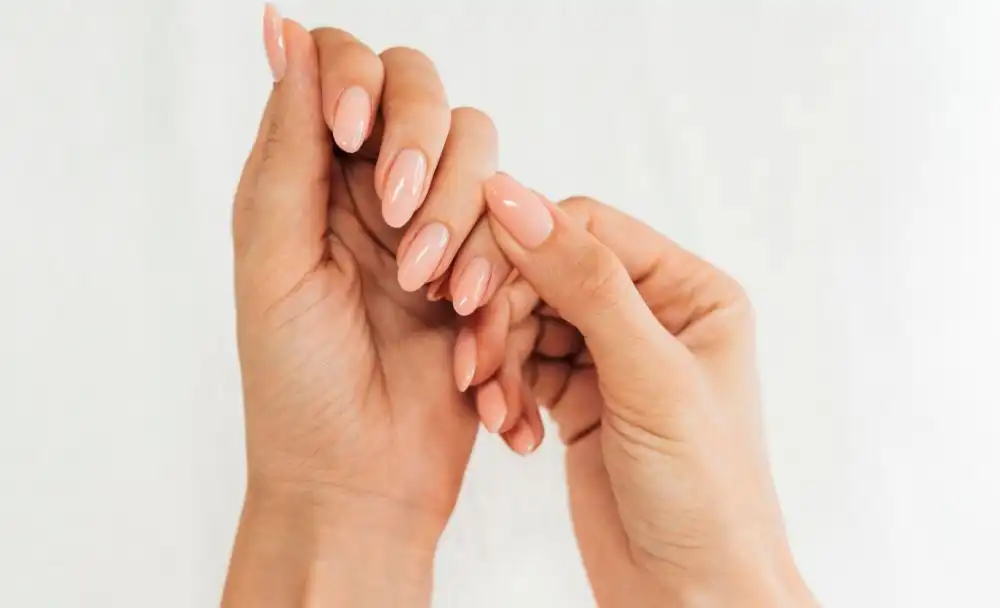
Tips on Preventing Whitening of Nails
Here are some recommendations to prevent the occurrence of white spots on your nails:
- Ensure proper nail hygiene: Maintaining cleanliness and dryness of your nails is essential. The presence of fungal infections can lead to the formation of white spots. Therefore, it is crucial to keep your nails clean and dry, as this discourages the growth of fungi.
- Stay clear from harsh chemicals: Refrain from exposing your nails to harsh chemicals such as detergents, cleaning agents, and nail polish remover. The contact with these substances can weaken your nails, rendering them more susceptible to damage and infection.
- Wear gloves during household tasks: When engaging in household chores, wearing gloves offers a protective barrier for your nails against the detrimental effects of harsh chemicals. This measure aids in preventing the nails from becoming dry and brittle.
- Maintain a nutritious diet: Adopting a balanced diet rich in essential vitamins and minerals plays a pivotal role in nurturing strong and healthy nails. Among the vital nutrients, biotin, vitamin E, and iron are particularly beneficial for maintaining optimal nail health.
- Curb the habit of nail biting: Abstaining from biting your nails is imperative. Nail biting can cause damage to the nail bed, heightening the risk of infections and discoloration.
By adhering to these guidelines, you can effectively nurture the health of your nails and mitigate the occurrence of white spots. [6]
FAQs
What are white spots on nails, and should I be concerned about them?
White spots on nails, also known as leukonychia, are usually harmless. However, they can sometimes indicate underlying health issues. Understanding the different types and causes of these spots can help determine if they require medical attention.
What causes white spots on nails?
White spots on nails can have various causes, including zinc deficiency, nail trauma, fungal infections, and metabolic imbalances. Learning about these triggers can provide insights into how to prevent and address them effectively.
Can white spots on nails be a sign of a serious health problem?
While most white spots are benign, they can sometimes signal health concerns. Discover the potential connections between white spots and conditions like zinc deficiency, hyperthyroidism, and more, to better assess their significance.
How can I prevent white spots on my nails from occurring?
Preventive measures play a crucial role in maintaining healthy nails. Explore practical tips, such as practising good nail hygiene, avoiding harsh chemicals, wearing protective gloves, adopting a balanced diet, and quitting nail-biting to reduce the likelihood of white spots.
Are there different types of white spots on nails?
White spots on nails can be categorised based on their appearance and origin. Learn about true leukonychia, apparent leukonychia, and pseudo leukonychia to better understand the distinct characteristics of each type and their underlying causes.
Should I seek medical advice for white spots on my nails?
Determining when to consult a medical professional is important. Find out the red flags that suggest it’s time to seek medical advice for white spots on nails. Discover how understanding their nature and context can guide you in making informed decisions about your nail health.
Conclusion
White spots on nails can be caused by many things, including zinc deficiency, nail trauma, and metabolic imbalances. Taking care of your nails by practising good hygiene, avoiding harsh chemicals, using protective gloves, eating a balanced diet, and quitting nail-biting can help prevent white spots from forming. Nails can be a sign of underlying health problems, so it’s important to stay vigilant and proactive about your health. By taking care of your nails, you can also improve your overall well-being.
Disclaimer: The information provided here is for general information and not meant to substitute any medical advice. Please consult your doctor for appropriate medical consultation.
Reference
- https://www.ncbi.nlm.nih.gov/pmc/articles/PMC8809498/
- https://www.ncbi.nlm.nih.gov/pmc/articles/PMC4037686/
- https://www.semanticscholar.org/paper/Fingernail-White-Spots%3A-Possible-Zinc-Deficiency-Pfeiffer-Jenney/8e90e272ab6d28966089d893af265b54cc428405
- https://pubmed.ncbi.nlm.nih.gov/4227164/
- https://dermnetnz.org/topics/hyperthyroidism
- https://www.semanticscholar.org/paper/CONTACT-DERMATITIS-WITH-LATEX-CONTACT-RISK-FACTOR-X-Graharti/de0f77c9c45a255532ba4d3e9f9096b9f2b0ebd9


